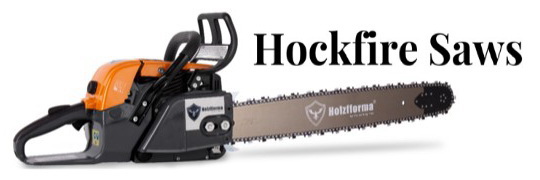- Local time
- 9:16 AM
- User ID
- 441
- Joined
- Jan 8, 2016
- Messages
- 4,286
- Reaction score
- 10,922
- Location
- Farmington, CT
Just had a comment on my youtube channel, and its not the first time I've heard, regarding the manufacturing process of case halves for saws. The jist of the comment was that the halves are essentially made specifically for each other and that crank shaft misalignment (bearing pocket bores) is possible when you interchange case halves from different saws within a specific model.
Though I do believe bore misalignment is possible, I don't necessarily believe its because case halves are machined whilst mated to each other. I have a hard time imagining that the case halves are first put together, then the bearing pockets are cut in perfect alignment, then disassembled and reassembled with the bearings and crank.
It makes more sense that individual case halves are made in a jig, possibly using the case bolts /holes and pins as referrence points, and then the bearing pockets are cut ...with reasonably high precision I might add.
If anyone has any actual evidence of how the cases are machined (together, or apart) i'd love to see it or hear it.
I've certainly seen some misalignment over the years, but indirectly. Measuring misaligned bearing pockets would be nearly impossible let alone likely futile. You'd have to install bearings, assembled the case, then put a reference piece of round stock through the bearings? and somehow measure off that? I dunno, seems like the margin for error here would be larger than the misalignment.
The misalignment I have seen somtimes occurs at the part of the crankcase that mates to the cylinder base. one side can be higher than the other. No worries, use the pto side as a reference for flat and use the bridgeport to deck it flat
this vid is relatively short and a bit jittery because I'm holding the camera, but it illustrates one way case halves can be misaligned. ... SLIGHTLY. pto side is a 181 case, flywheel is from a 288 I think.
Though I do believe bore misalignment is possible, I don't necessarily believe its because case halves are machined whilst mated to each other. I have a hard time imagining that the case halves are first put together, then the bearing pockets are cut in perfect alignment, then disassembled and reassembled with the bearings and crank.
It makes more sense that individual case halves are made in a jig, possibly using the case bolts /holes and pins as referrence points, and then the bearing pockets are cut ...with reasonably high precision I might add.
If anyone has any actual evidence of how the cases are machined (together, or apart) i'd love to see it or hear it.
I've certainly seen some misalignment over the years, but indirectly. Measuring misaligned bearing pockets would be nearly impossible let alone likely futile. You'd have to install bearings, assembled the case, then put a reference piece of round stock through the bearings? and somehow measure off that? I dunno, seems like the margin for error here would be larger than the misalignment.
The misalignment I have seen somtimes occurs at the part of the crankcase that mates to the cylinder base. one side can be higher than the other. No worries, use the pto side as a reference for flat and use the bridgeport to deck it flat
this vid is relatively short and a bit jittery because I'm holding the camera, but it illustrates one way case halves can be misaligned. ... SLIGHTLY. pto side is a 181 case, flywheel is from a 288 I think.







